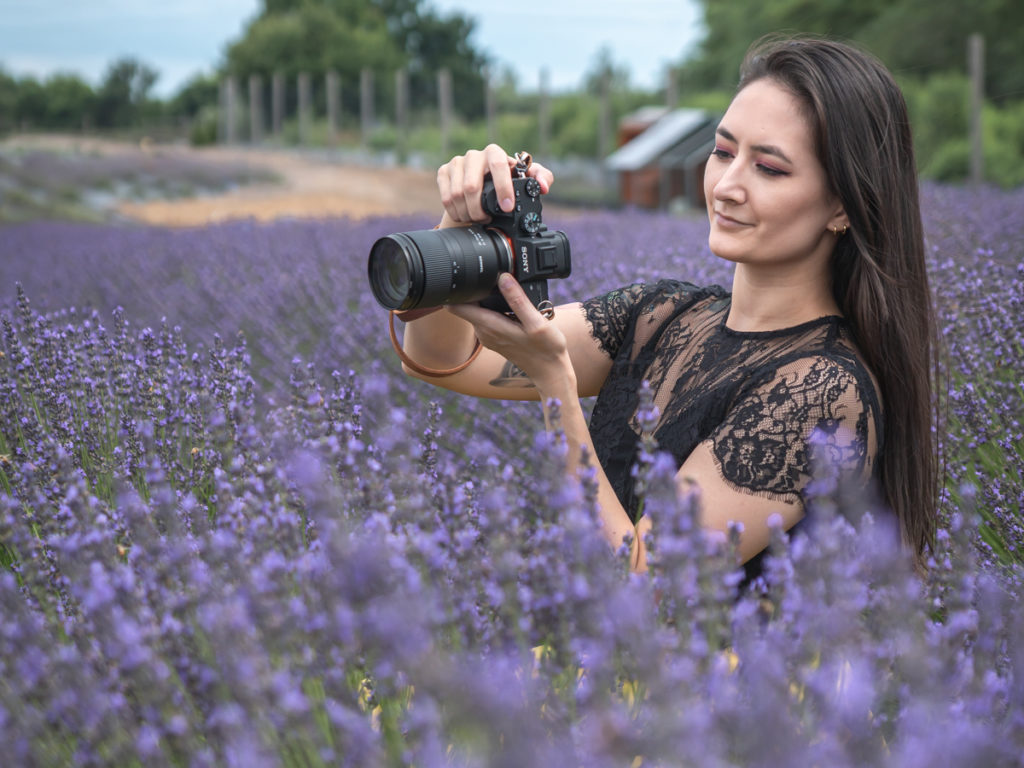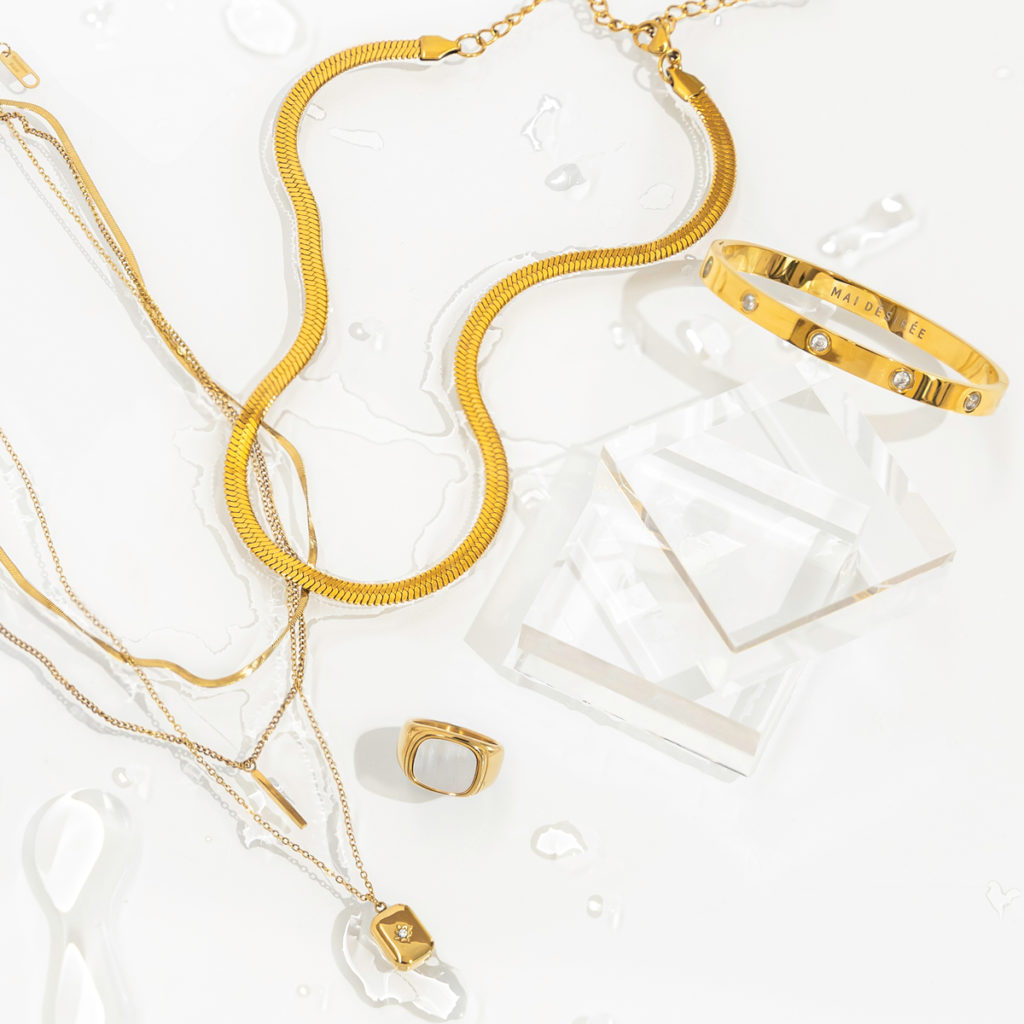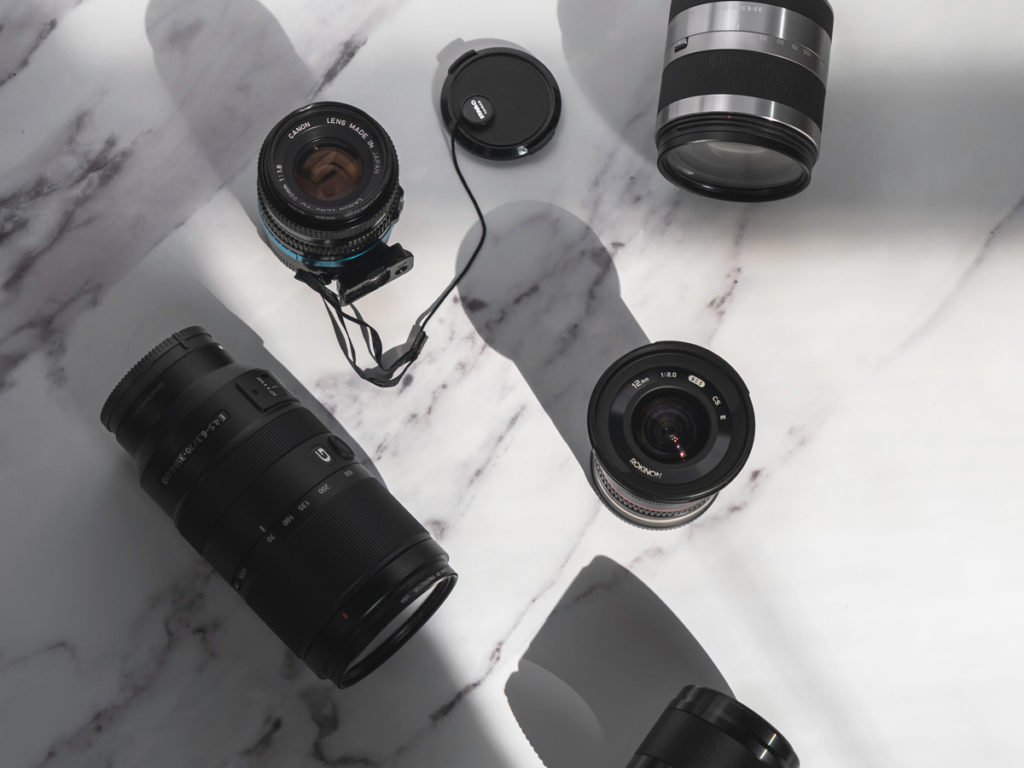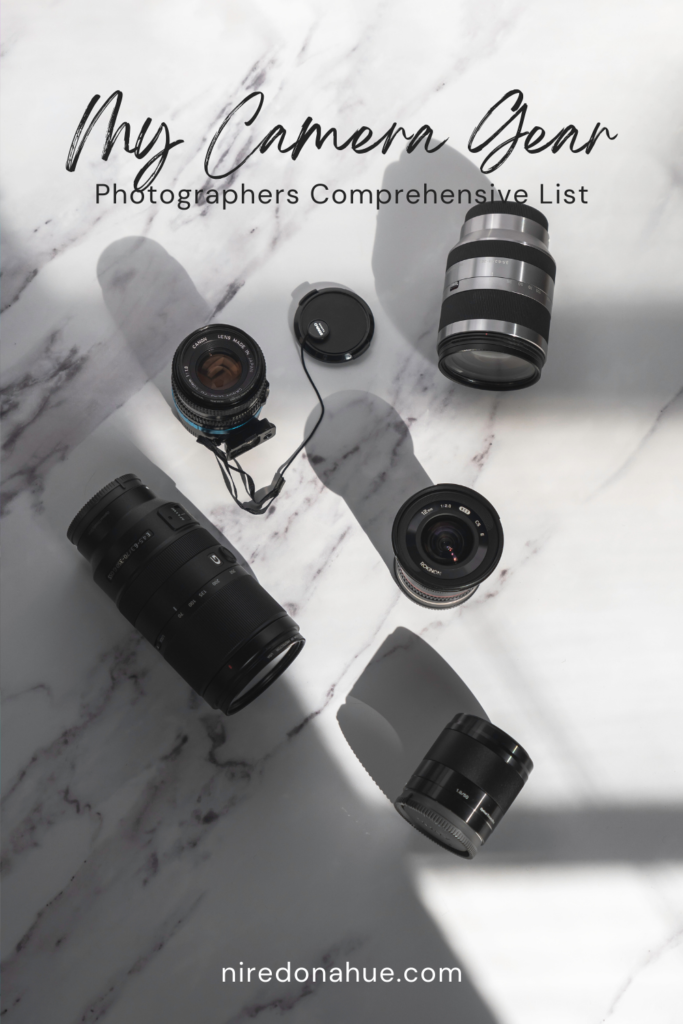My Camera Gear (Updated 2025)
November 18, 2021
Last Updated on February 4, 2025 by Erin Donahue
As a photographer, I’m always getting asked what’s my camera gear for photography. I’ve put together this guide for my camera gear and the equipment I use for my photos! To start, my criteria for everything I choose has to do with being lightweight and budget-friendly. For one, traveling with photography gear, in any location, is not a graceful look, unfortunately. Believe me, I’ve tried. I always look like I’m getting ready for school, or like my gear will overwhelm me. Also, budgets are relative. I am not at a point in my career yet where I feel comfortable dropping $6k on a camera body or $2k on a lens, but I can comfortably afford around the $1k price point.
Disclosure: Some links may be affiliate links. This means that I may earn a small commission if you decide to buy (at no additional cost to you)

Team Sony
I’ve been shooting on Sony mirrorless cameras since 2014.
Sony a6400 APS-C Mirrorless Camera
My go-to camera is the Sony a6400 for when I travel and for my day-to-day. Since it’s an APS-C, it’s a cropped sensor which makes it lighter than a full-frame. The very first camera that I purchased for myself was a Sony a6000 and then I upgraded to the a6300 to now the a6400.
Sony a7iii Full-frame Mirrorless Camera
While I prefer to operate on the a6400, I’d be lying if I said APS-C and full-frame cameras were the same. A simple comparison of both camera bodies side by side instantly shows the difference in size between the two sensors. For client work, I always use the Sony a7iii. Additionally, because Sony is famous for its low-light capabilities, I use this over the a6400 for astrophotography, and when indoors so that I don’t have to pump the ISO high.
If you’re trying to do photography as more than an occasional point-and-shoot, I don’t recommend getting the bundle with the kit lens. Instead, buy the body and then buy a 50mm, f/1.8 (known as the “nifty fifty). The equivalent for an APS-C is around 35mm (depending on the camera crop factor).


Camera Lenses
Camera lenses, otherwise known as “glass”, is the most important variable out of everything. Of all my camera gear decisions, this one gets me the most excited!
Sony E 16-55mm, f/2.8 G-master
For my APS-C, my favorite lens is the 16-55mm, f/2.8 G-master. Its focal length covers both wide-angle and portrait, and the sharpness it produces is fantastic. It’s one of the more expensive lenses in Sony’s APS-C lineup because of the fact it’s a fixed aperture lens. It’s worth every penny and lives up to the G-master label.
Going third party for camera lenses is also a great option. I always encourage anyone just starting out in photography to use a prime lens first, and third party tends to be cheaper. For the longest time, my camera gear only consisted of a camera body and a prime lens. My go-to for years was the Sigma 30mm F1.4 Contemporary DC DN Lens. It’s as budget-friendly as you can get, and opens to f/1.4 for some extra creamy bokeh!
For my full-frame, my workhorse lens is the FE 24-70mm f/2.8 GM II. Previously, I used the Tamron 28-75mm F/2.8 for Sony before I sold it to upgrade to the native Sony lens.

Camera Accessories
Carbon Fibre Tripod
The biggest investment you can make if you’re serious about photography is with the tripod. An aluminum tripod is enough for most people, but a carbon fiber one is lighter and sturdier. When I say investment, this is the one thing I’m thinking about to last me for 5-10 years. I chose to go with 3 Legged Thing Leo Travel Tripod because the size and weight were more manageable for carrying around and traveling. Also, the price point is lower than competitors. An added plus is 3-Legged Thing’s color choice to stand out in the market!
L Bracket
Another feature I like about 3 Legged Thing is their components system which has made me brand loyal. The Ellie Short Universal L-Bracket is completely optional, but if you post on any social media platform, vertical is the norm. Instead of re-configuring your scene between landscape and portrait every time, simply switch the orientation of your camera with the ball-head lock. Get horizontal and vertical images easily without the hassle.
Memory Cards
Sandisk is the genericization of memory cards, but I’ve been using Lexar Professional instead because the minimum storage size I get is 128GB. Working on client gigs such as events means my finger is essentially pressing on the shutter-release button the whole time. I’ve been in situations where my second shooter ran out of space on their SD card in the middle of a gig! Always bring backups, obviously, but having both large storage and fast read/write capabilities ensures no hiccups during the moment. SD cards are like tic tacs for photographers, so constantly buying at this level is costly.
Collapsible Circular Reflector
A 5-in-1 collapsible circular reflector with a stand is your best friend for a lot of photoshoots like portraits. It allows you to control and enhance, bounce, and diffuse light by providing versatility in the quality and direction of the light falling on your subject.
Phone Accessories
Since I started doing more content creation I also use this phone tripod and hotshoe to get behind-the-scenes. They’re lightweight to travel with and are perfect for taking standstill photos and videos with your phone. The hotshoe in particular is versatile and can be paired with gimbals and microphones as well.
Carrying Camera Gear On The Go
When I’m on the go, even just wandering the streets of New York City, my goal is to travel as lightly as possible while ensuring I have all my essentials. As a professional photographer and travel content creator, I require a camera bag that is compact, lightweight, and offers good back support. Additionally, it should provide space for items such as sweaters, toiletries, and more.
To accommodate all my belongings, I utilize Brevite’s Jumper backpack as my camera bag. I like that it’s inconspicuous and looks like an everyday backpack. An added plus is that there are a myriad of colors to choose from.
My Camera Gear For Home Studio
Godox FV150
This is for those of you who know how to use artificial light. The Godox FV150 kills two birds with one stone because it’s a hybrid of continuous light and strobe. Talk about efficiency! However, in order to use the strobe, you’ll also have to get a transmitter like the Godox X2T-S TTL Wireless Flash Trigger.
Savage Seamless Backdrops
Savage Seamless is the GOAT for backdrop paper. They come in different sizes and the best part? They’re matte, which is crucial to avoid reflection from the light. You’ll thank yourself when editing in post-production.
To keep up to date with everything I share, follow along on my social media and read up on what camera gear I use when I travel.
________________________________________________________________________________________________________________
Love this post? Pin it to Pinterest!

Leave a Reply Cancel reply
© Erin Donahue Creative LLC, All Rights Reserved
Terms of Service & Privacy Policy